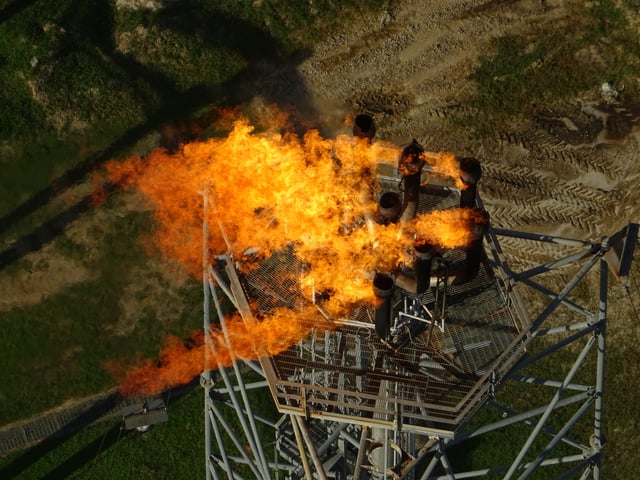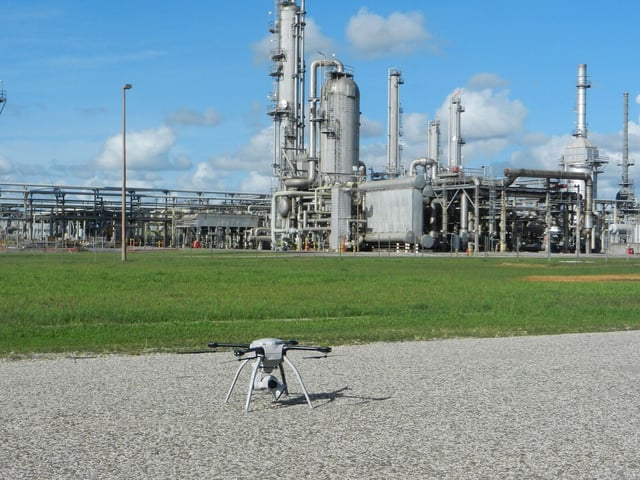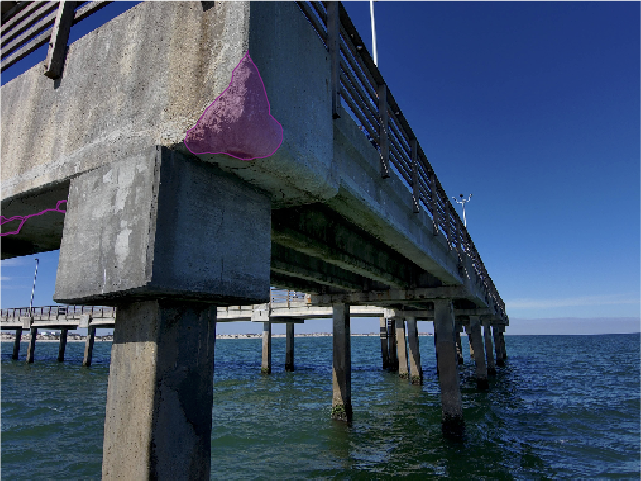The energy industry faces a number of risks and challenges from almost every angle. These range from fluctuations in the supply and demand to technical deficiencies and fails. Other risks include tight budgets and schedules, safety issues, environmental concerns, uncertain operations, regulations and other unforeseen factors that impact on the processes.
The oil rigs, in particular, are very dangerous and companies must invest heavily to ensure the protection of their employees, marine life, and the environment. They must, therefore, comply with safety and environmental regulations which may confine their operations to certain limits. For example, they have to prevent pollution and have contingency plans for evacuation or emergency services in case of an accident. The numerous risks make the oil and gas industry very volatile and competitive.
The project managers need, therefore, understand all the challenges and then put mitigation measures to address them. While it is not possible to eliminate the risks entirely, the project managers can use new technologies such as drones, robots, and AI to help them minimize them. This streamlines the operations at a lower cost while ensuring safety, less downtime and costs savings.

Major risks in the oil and gas industry
Although there are many challenges in the industry, the number affecting a particular company vary according to the location, geology, government and other factors. Following are the major 5 risks project managers face in the oil and gas industry.
Operational and cost risks
Operational costs fluctuate according to regulations, environment, and other factors. Strict and difficult drilling procedures require additional costs to cater for the equipment and other regulatory conditions hence making the project more expensive.
The prices in the oil and gas industry are so volatile due to the uneven nature of producing the products. Further, shocks in the supply and demand, as well as uncertain international prices due to overproduction by other companies increase the operational risks, and these are usually beyond the company’s control. Geological barriers often increase the price risks since they often require unconventional extraction methods that are more costly.
In addition, finding and retaining qualified workers is another challenge, especially during the boom time, and this may increase the payroll significantly. Other operational risks include injury to workers, accidents, as well as violations that could lead to penalties. The oil and gas company can greatly reduce these by employing drones to carry out some functions, hence eliminating the need for workers to do risky jobs such as inspections and monitoring.
Budgeting and costs
Budgeting risks arise due to uncertainties in the extraction processes such as drilling in unfamiliar or difficult terrains. Even after an oil and gas company invests heavily, fluctuations in the global oil and gas demand and prices may impact negatively on the revenues.
Inadequate or unstable oil production in the wells is another risk that can put constraints in the operating budget especially when it comes to pricing the products.
Regulation Risks in the oil and gas industry
The regulations risks may vary from one region and government to the other. This usually happens due to a change in policies, taxes, mining quotas, export limits, community engagements and more. Shifts in the political winds that often lead to changes in the regulations may affect the cost of production or revenues and impact the companies unfavorably.
Government regulations in regard to where and oil and gas companies extract and process the products vary from location and politics of the day. Even after starting off on a favorable deal, things may change for the worst when a when there is a change of government or policy, especially if this comes after huge investments by the oil company.
Eco-friendly groups and politicians may also influence the direction the company takes especially if they have to adhere to strict guidelines to preserve the environment. In addition, the politics may make demands for the oil company to start community projects in areas surrounding the oil wells or facilities.
Technology Risk that oil and gas companies face
The technology in the oil and gas industry keeps on evolving as the players try to reduce risk, increase efficiency and revenues. Despite their many benefits, investing in the new technologies may risk the project flow in terms of budget, projections, and profits.
In addition, failure in the new technology or inability to achieve intended objective may lead to additional costs and losses, unforeseen repairs, upgrades, etc. For these reasons, the project managers must consider the benefits and limitations of upgrading the existing technologies.
Construction risks in oil and gas industry
There are several risks that are likely to arise during the construction of the oil and gas facilities. Collapsing structures, accidents and delays are some of the challenges during the construction processes.
Factors such as workmanship or material defects, changes in the weather patterns, natural disasters, meeting safety requirements, issues with workers and transportation of materials affects the completion time and budget of the project. Further, construction risks are higher when there are risky processes such as drilling using the explosives.
How drones can reduce risks in oil and gas industry
The traditional methods of carrying out surveys, inspections, detecting and location defects such as leaks in remote, rugged oil and gas locations are not only dangerous but also costly and inefficient. In addition, these may require shutting down the facilities on top of observing strict safety procedures. However, the new technologies such as drones can provide a safe, cost-efficient solution that enables the companies to improve the operations.
By using drones inspections and other new technologies, the project managers can increase efficiency, safety, and revenue by cutting operational costs, failures, and downtime. Drones have the advantage of high mobility and the speed at which the managers get results. And can be controlled remotely to perform inspections, monitoring and assess the difficult to reach parts of the oil and gas structures and facilities that would otherwise require human beings.
The employees do not have to climb the stacks or other facilities, and there is also no need to shut down the production. The aerial inspection enables the project managers to detect damages, faults, inconsistencies or abnormalities in the structures, piping and other components, hence enabling a proactive maintenance plan.
Drones and other technologies have the ability to make it safer, easier and faster to monitor, detect and fix oil spills, damages, gas emissions, security and other issues that affect the industry. This provides the project managers with a fast and cost effective means of predicting and managing the risks.
Conclusion
Every oil and gas site is exposed to unique risks based on the location, environment, and regulations. For this reason, the oil and gas companies require comprehensive risk assessment and mitigation procedures for each of the sites. It is critical to evaluate all the risks and then develop a control and management strategy that significantly reduces high-risk situations.
Although the risks will always be a part of the industry, using newer technologies such as the drones enables the project managers to make risk-informed decisions that help improve the businesses.
Tags
Oil and Gas



.png)
